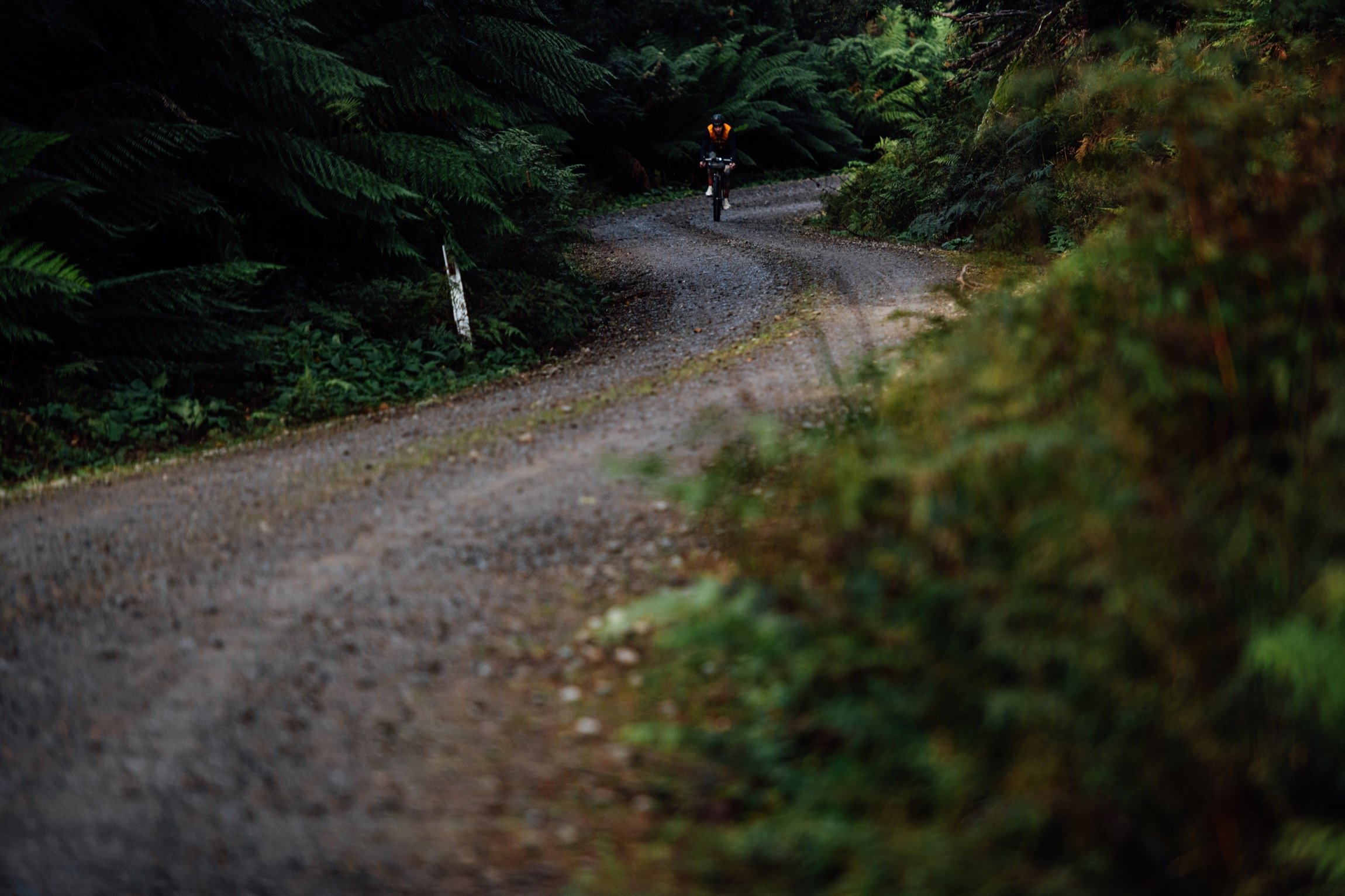
Survival
Our Survival Tips
Nutrition -
The Long course will take you between 4.5 and 6.5 hours to complete, think about eating and drinking regularly. The great tasting range from SiS Nutrition is an ideal way to achieve this. They even have a nutrition guide that outlines how much you will need for the level of energy expenditure and can be found HERE. Getting this right will be critical to your survival.Neutral Aid Stations -
We encourage riders to be self-sufficient. We will have aid stations at several spots on both courses. They are Aid stations and not feed stations. They will only have water, bananas, and soft drinks. Treat them as a back up to your nutrition plan if you find yourself having a bad day.
Due to the remote nature of the course, access is dificult. Please do not send family and/or friends onto the course to provide support.
This increased vehcile traffic is not ideal and road closures are in place to prevent it for everyones safety.
Plan to be self suficient with on the bike nutrition and drop bags.
The Aid Stations are located at the following marshal points:37KM - Ringarooma Long course/Short Course Junction - ROLL Cycle Mechanics on site.
53km - Forest Lodge Road x Mount Victoria Road Junction - ROLL Cycle Mechanics on site .
81 km - Mount Victoria Carpark.
Long Course Drop bags -
Drop bags with specific nutrition or preprepared water bottles can be dropped off at registration and will be available for you at the Ringarooma and Mount Victoria Aid Station. Please have your full name and contact number on your bag.What are the Gravel Grades of our course -
13% bitumen over 4 short sections
67% Grade 1, 2 to 3 Gravel with a slight bias towards more Grade 3
18% Grade 4 Gravel
2% Grade 5 Gravel
Grade 1Suggested tyre size: 700×25 – 700×32
Bad roads, cobbles and rough paved surfaces. You’re fine on this with a road bike, but you’re going to have a better time on wider tyres and with disc brakes.
Grade 2
Suggested tyre size: 700×28 – 700×35
Dirt roads. The native habitat of our crew in Boulder, where well-made, hard-packed dirt roads offer a road-like experience but without the traffic. A 2WD car will have no problems getting along here; a road bike will be mostly fine but some rutting and looseness will mean that it’s getting a little out of its depth. At times, may be even smoother than bad paved surfaces.
At the rockier end of the dirt road spectrum, you start to approach…
Grade 3
Suggested tyre size: 700×32 – 700×38
Reasonably smooth gravel. Discernible small rocks over a hard-packed surface mean that you’re struggling to pick a line on narrower tyres; a bigger volume tyre allows you to keep your speed up. In wet conditions, there’s a fair bit of muck kicked up from the surface so rim brakes, even if they allow the tyre clearance, might not be ideal.
Grade 4
Suggested tyre size: 700×35 – 700×40+
Rough gravel. With surface conditions that may include shale, larger gravel and rocks, this is tending toward the rougher-end of the capabilities of a 2WD car.
You’d be well and truly out of your depth on a road bike here, and are getting to the point where tubeless tyres, disc brakes and big clearance are the safest and most practical choice. May also include smoother singletrack.
Grade 5
Suggested tyre size: 700×38+ / 650b
Borderline MTB terrain. At the rougher end of the spectrum for the capabilities of most gravel bikes, we’re starting to get into the more weird and wonderful of the category’s tech – we’re talking dropper posts, 650×2.2” tyres, suspension … essentially drop-bar MTBs.
These more robust creations allow you to tackle 4WD tracks, rough firetrail and terrain that five years ago would probably have had you reaching for your mountain bike.
Hunt in a pack -
Ever watched the Tour de France and wondered why they all rode in a big bunch? It is because the energy savings are significant. This image gives you an idea of the amount of relative effort. So find a few buddies and take turns to ride on the front or take a rest.
Layers -
Not only is it about nutrition, it is important that you keep an eye to your body temperature. Stay as dry as you can.Tyre Pressures -
Too high a tyre pressure will leave you bouncing around and being beat-up on the rougher surfaces, and too low a pressure exposes you to pinch flats. There is no hard or fast rule on pressure, it is very individual to weight, tyre volume, rim width and riding style. Generally speaking you want to run as low as you can manage without pinch flatting. On a gravel bike running 42mm’s with a 75kg rider this may be about 28 psi in the front and 32-34 psi in the rear.Drink! -
Cool winter temperatures will mean you don’t feel like drinking, but you will loose a lot of fluid purely through respiration even if you are not sweating. Keep sipping that water bottle!Bike Choice
Like any tradesman wishing to be elite at their craft, you need the right tool for the job. A fat tyred Gravel Bike is Option A.
An XC MTB would be option B. Both prime choices for this Devilishly Wicked route.
OPTION A - A gravel bike with fat rubber and big stoppers! 160 mm hydro brakes and 700x38 - 45 (or fatter) tyres. The course is either up, or down.We suggest a gravel-grinder style bike as being the most appropriate bike for this race. Your endurance roadie with 28’s is not suitable. An XC bike would also be a great option, but expect to be 2-3km/h slower over the course.
We recommend minimum 32mm width tyres and would seriously encourage any width from 42mm but really the fatter the better.
Some surfaces are rough and you will appreciate more cushion and volume in your tyres to reduce road feedback and improve handling. A tubeless tyre setup is also highly desirable if possible.We suggest hydraulic disc brakes with 160mm rotors over the 140mm or rim brakes seen on many Cyclocross bikes.
There are some steep and technical descents.Gearing should be carefully considered. Regular sustained 8-12 degree climbs are common and there are a few short pinches of up to 18 degrees. Referring to the chart below we recommend a sub 1.0 gear ratio for most people. If you consider yourself a strong climber a 1.0 ratio might be ok, however for most people a 0.90 or smaller will be more comfortable, particularly toward the end of the day.
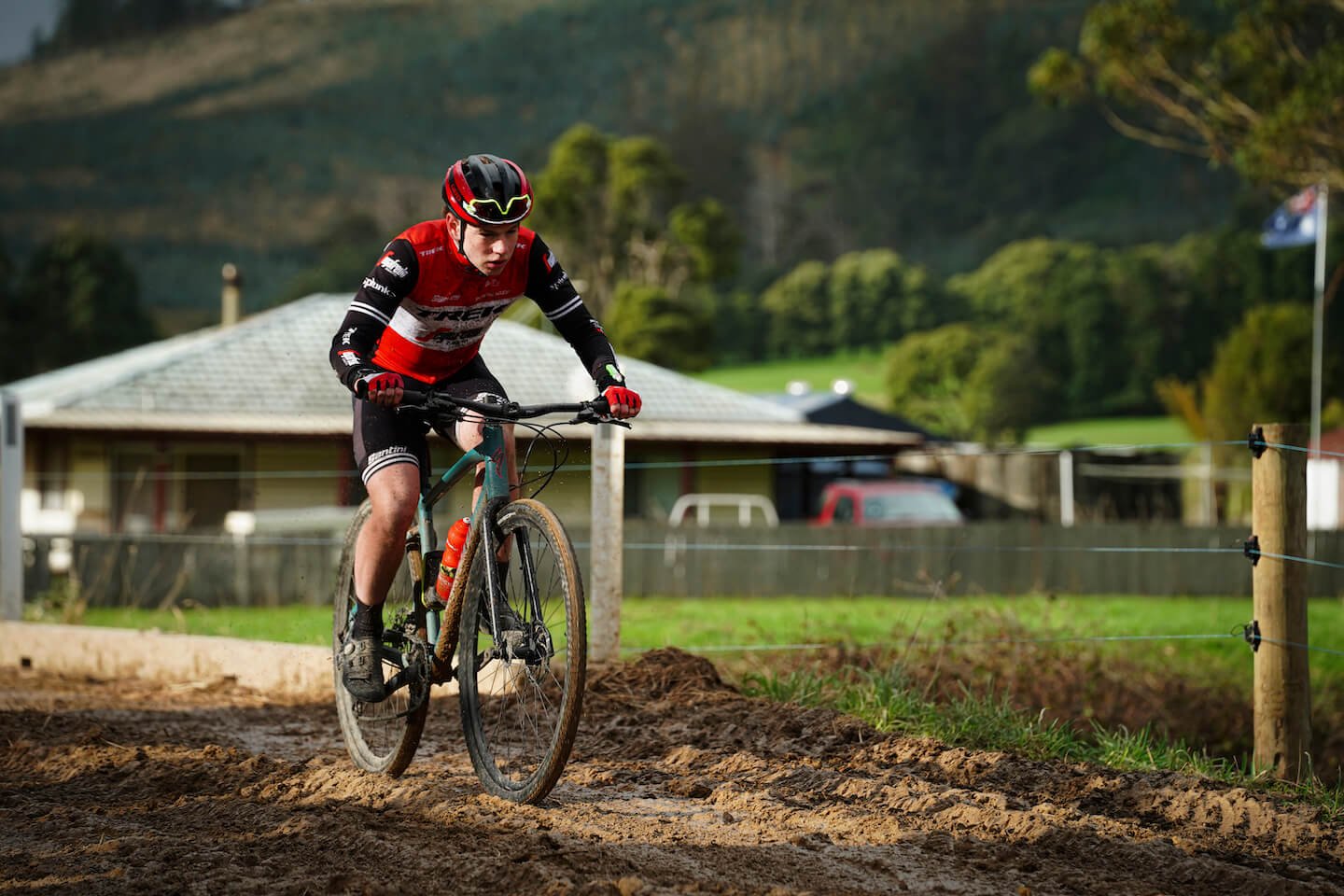
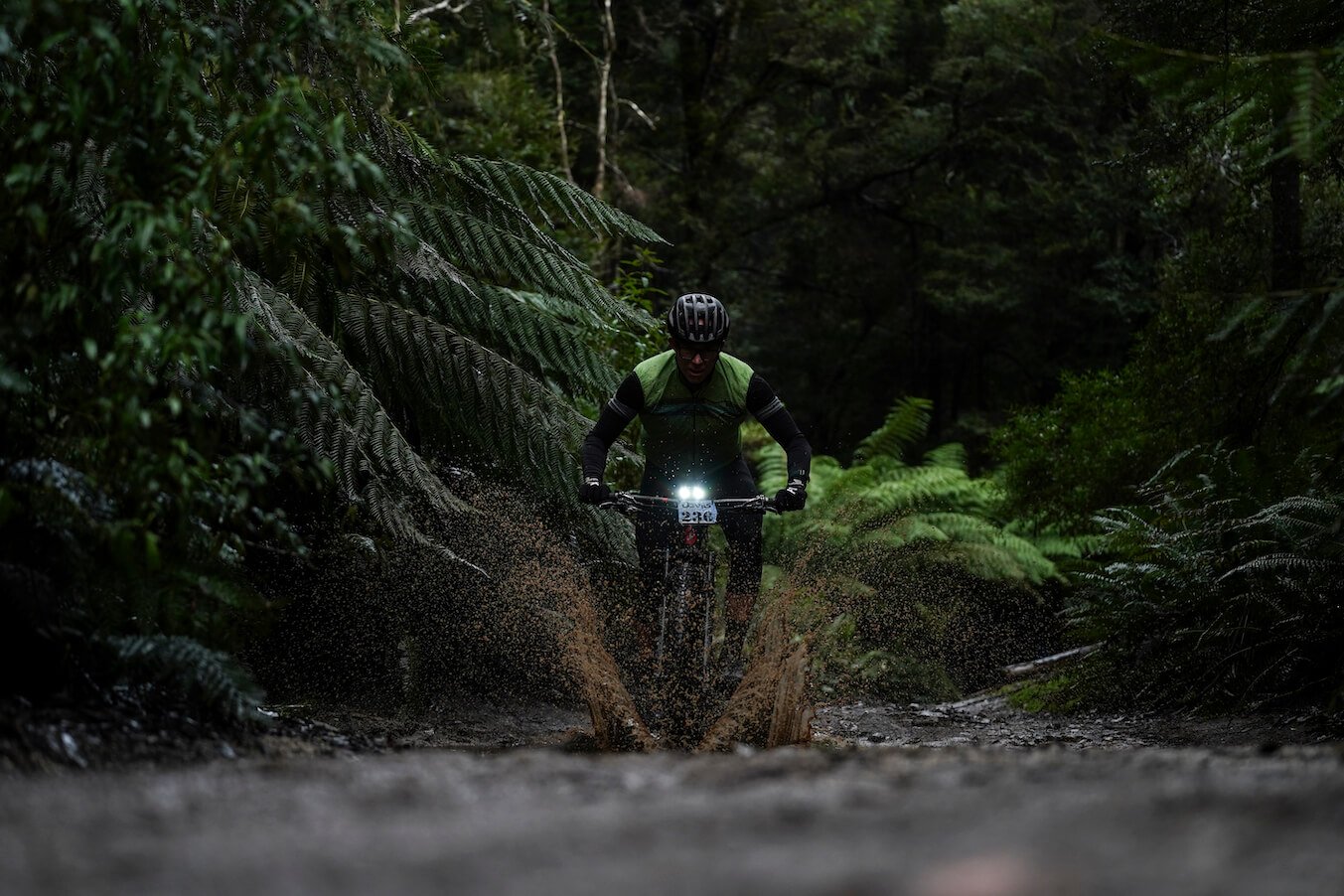
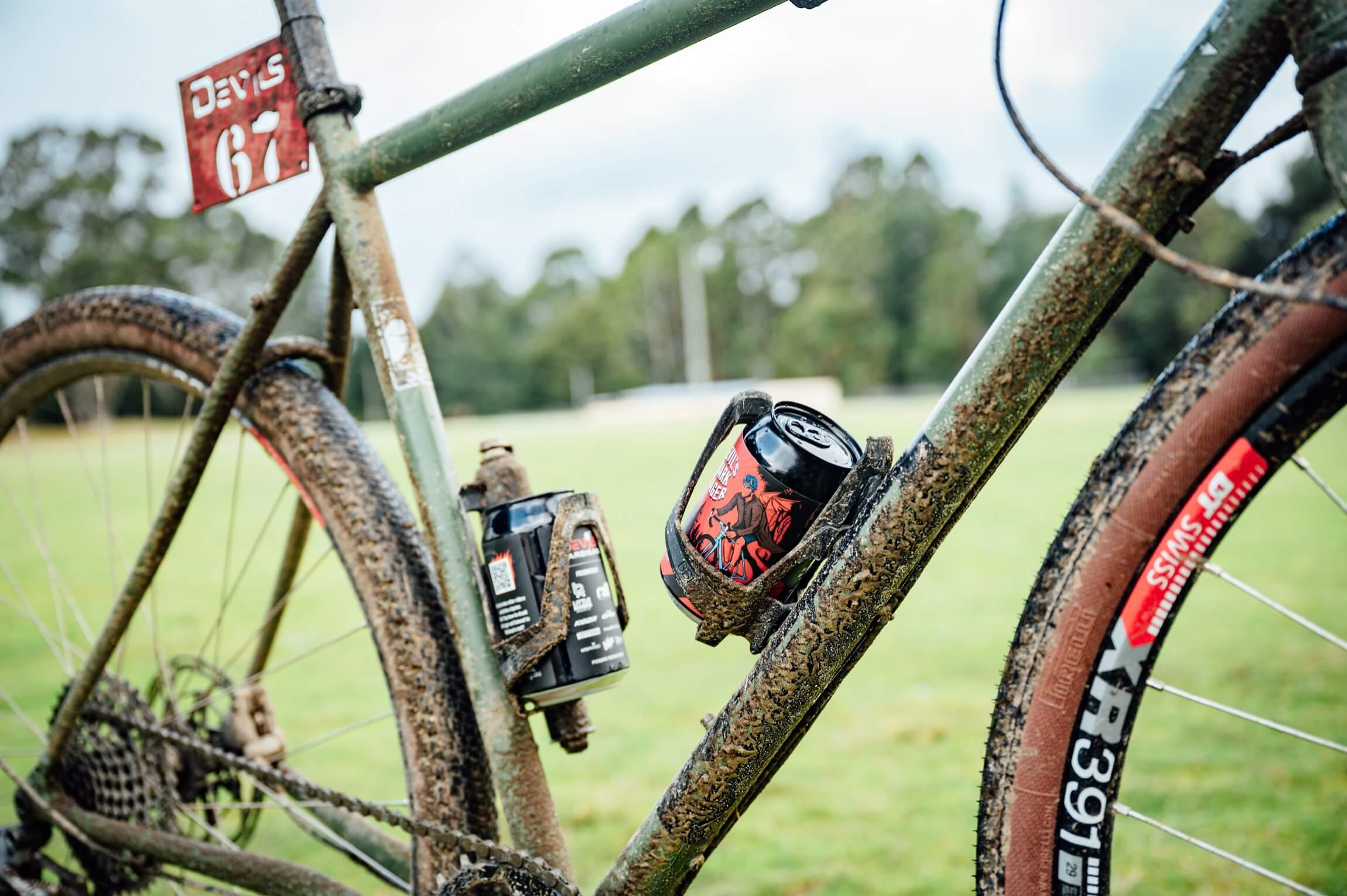
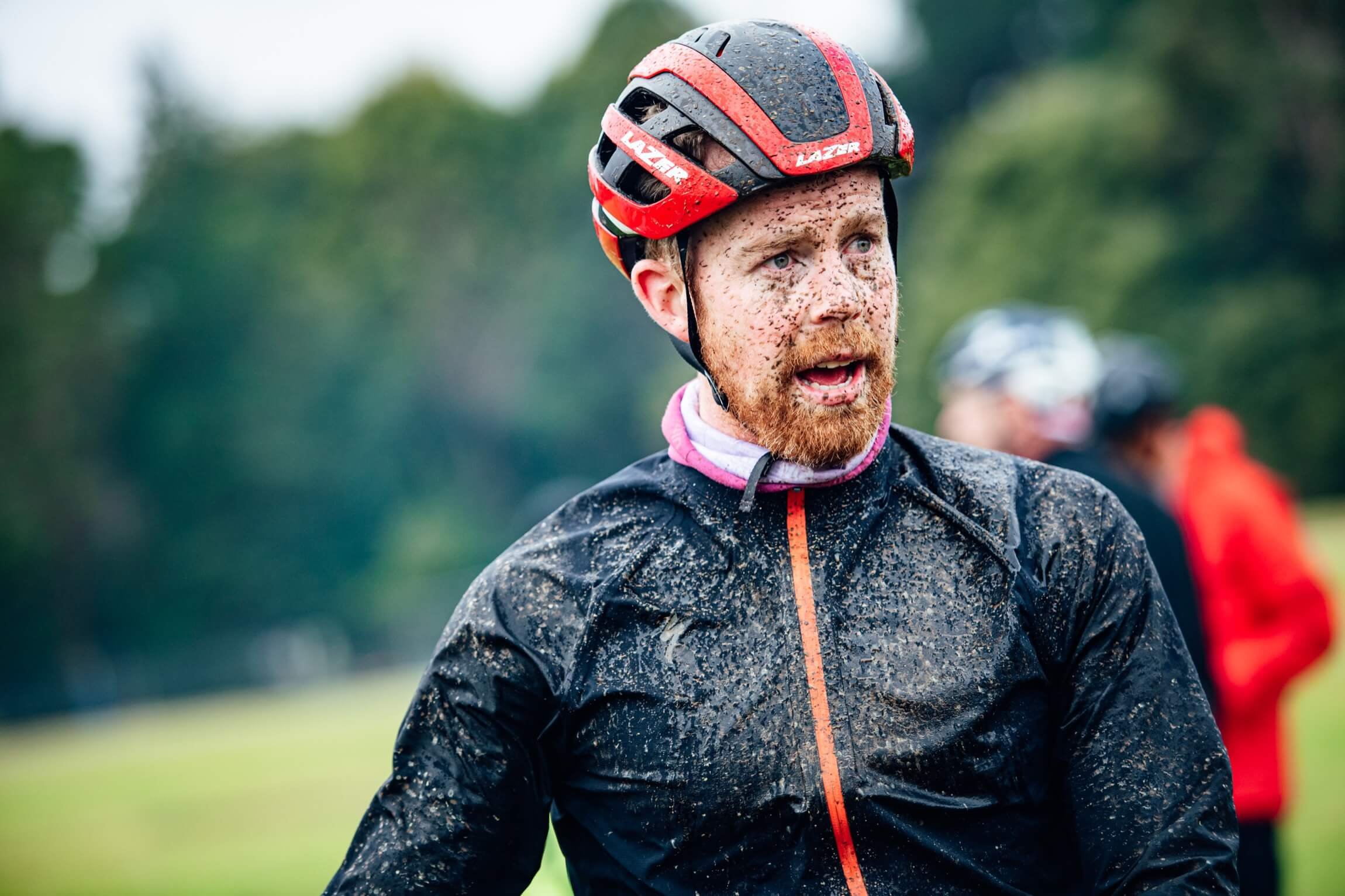
IF YOU ARE HAVING A BAD DAY
This is the Devils Cardigan.
You will be riding in the middle of the Tasmanian winter and at times, at altitude. We have course marshals braving the elements for your safety. If you have an accident, mechanical or need to withdraw. Please procede best you can to the closest marshal and stay with them till the sweep vehicle passes.
In areas of no phone reception, they will have Satelite phones on them for use in an emergency.
Please be aware, your nearest marshall might be just behind you.
Please do not leave the course until you can spoken to a course marshal and we stress you communicate your intentions to race HQ as soon as possible.
